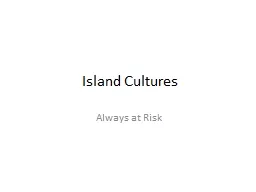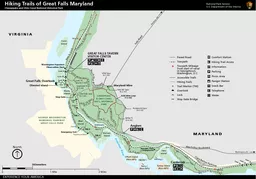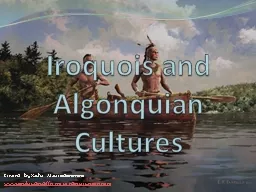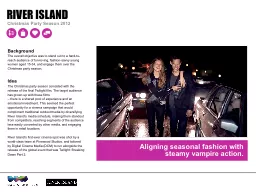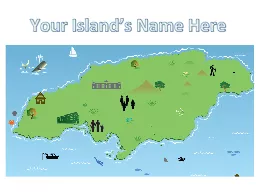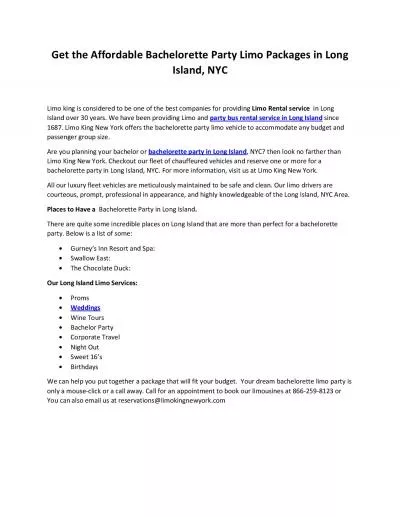PPT-Island Cultures
Author : trish-goza | Published Date : 2016-04-24
Always at Risk Tasmania Black War 18241831 It was a clash between the most culturally and technologically dissimilar humans to have ever come into contact At stake
Presentation Embed Code
Download Presentation
Download Presentation The PPT/PDF document "Island Cultures" is the property of its rightful owner. Permission is granted to download and print the materials on this website for personal, non-commercial use only, and to display it on your personal computer provided you do not modify the materials and that you retain all copyright notices contained in the materials. By downloading content from our website, you accept the terms of this agreement.
Island Cultures: Transcript
Download Rules Of Document
"Island Cultures"The content belongs to its owner. You may download and print it for personal use, without modification, and keep all copyright notices. By downloading, you agree to these terms.
Related Documents

